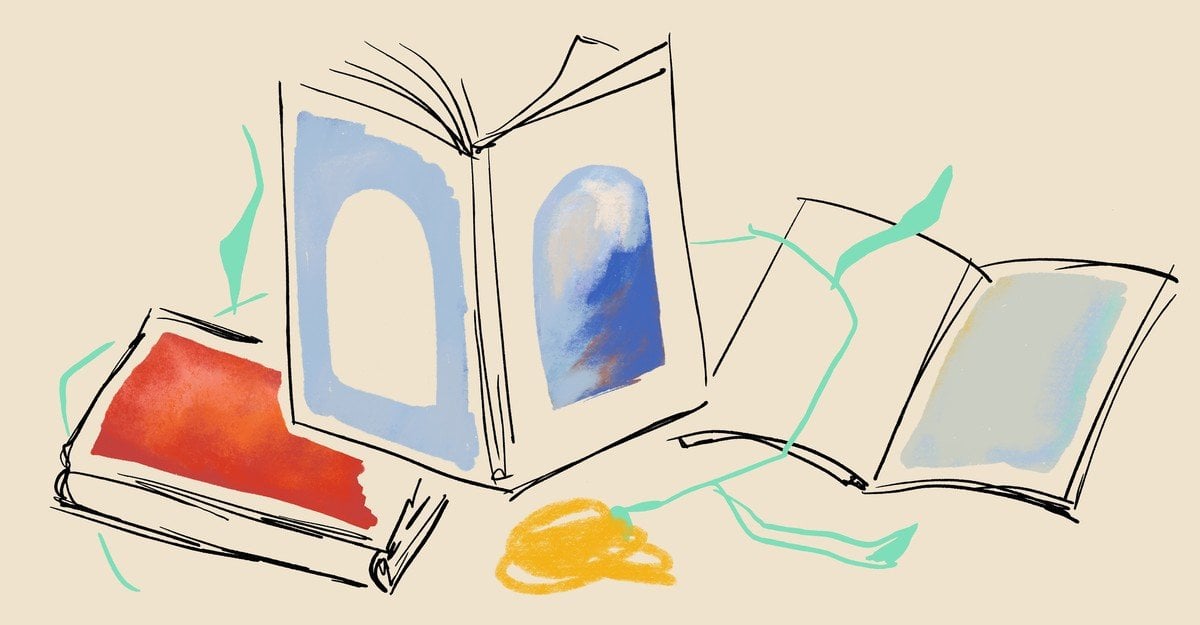
In 1868, a little-known writer by the name of John William DeForest proposed a new type of literature, a collective artistic project for a nation just emerging from an existential conflict: a work of fiction that accomplished “the task of painting the American soul.” It would be called the Great American Novel, and no one had written it yet, DeForest admitted. Maybe soon.
A century and a half later, the idea has endured, even as it has become more complicated. In 2024, our definition of literary greatness is wider, deeper, and weirder than DeForest likely could have imagined. At the same time, the novel is also under threat, as the forces of anti-intellectualism and authoritarianism seek to ban books and curtail freedom of expression. The American canon is more capacious, more fluid, and more fragile than perhaps ever before. But what, exactly, is in it? What follows is our attempt to discover just that.
In setting out to identify that new American canon, we decided to define American as having first been published in the United States (or intended to be—read more in our entries on Lolita and The Bell Jar). And we narrowed our aperture to the past 100 years—a period that began as literary modernism was cresting and contains all manner of literary pleasure and possibility, including the experimentations of postmodernism and the narrative satisfactions of genre fiction.
This still left millions of potential titles. So we approached experts—scholars, critics, and novelists, both at The Atlantic and outside it—and asked for their suggestions. From there, we added and subtracted and debated and negotiated and considered and reconsidered until we landed on the list you’re about to read. We didn’t limit ourselves to a round, arbitrary number; we wanted to recognize the very best—novels that say something intriguing about the world and do it distinctively, in intentional, artful prose—no matter how many or few that ended up being (136, as it turns out). Our goal was to single out those classics that stand the test of time, but also to make the case for the unexpected, the unfairly forgotten, and the recently published works that already feel indelible. We aimed for comprehensiveness, rigor, and open-mindedness. Serendipity, too: We hoped to replicate that particular joy of a friend pressing a book into your hand and saying, “You have to read this; you’ll love it.”
This list includes 45 debut novels, nine winners of the Pulitzer Prize for Fiction, and three children’s books. Twelve were published before the introduction of the mass-market paperback to America, and 24 after the release of the Kindle. At least 60 have been banned by schools or libraries. Together, they represent the best of what novels can do: challenge us, delight us, pull us in and then release us, a little smarter and a little more alive than we were before. You have to read them.
[https://archive.is/B1Iti](archive link)
by TrixoftheTrade
